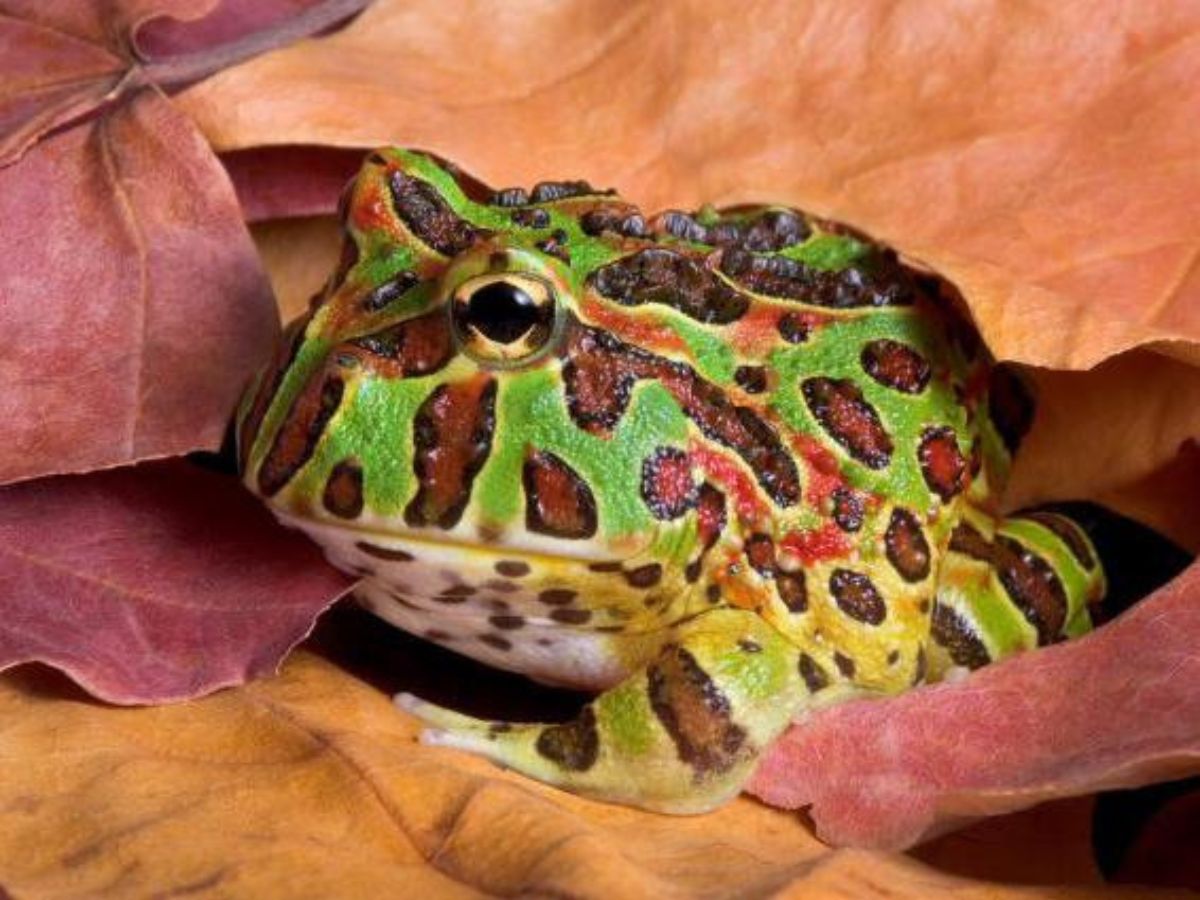🐸 Do Pacman Frogs Smell Bad? Odor Control Tips
Keeping Your Frog’s Enclosure Clean and Fresh
Do Pacman Frogs Smell Bad? - At a Glance
Pacman frogs themselves don’t naturally smell bad, but their enclosures can produce odor if not cleaned regularly. Smells usually come from old food, dirty substrate, or stagnant water. Prevent odors by spot-cleaning daily, using proper substrate, and maintaining humidity and ventilation.
Pacman frogs are known for being low-maintenance pets, but every amphibian owner eventually asks the question: “Do Pacman frogs smell bad?” The short answer is no—not the frog itself. However, their environment can develop unpleasant odors if not managed properly.
In this guide, you’ll learn:
What causes odor in a Pacman frog tank
Why your frog might smell stronger than usual
How to prevent smells before they start
Cleaning routines and odor control tips
When a smell might signal a health problem
Do Pacman Frogs Themselves Smell?
Pacman frogs don’t produce strong body odors. They:
Have moist, porous skin but no sweat or oil glands
Don’t mark territory or emit scent like mammals
Rarely produce smell unless ill or stressed
Any unpleasant odor is almost always coming from the tank, not the frog.
What Causes a Smelly Pacman Frog Tank?
Here are the most common odor sources
| Odor Cause | Description |
|---|---|
| Soiled substrate | Feces or urine absorbed into the bedding |
| Uneaten food | Insects or rodents decaying in hidden corners |
| Stagnant water | Dirty soaking dish or poor drainage |
| Mold growth | High humidity + organic waste = mildew and rot |
| Improper ventilation | No airflow traps moisture and smells |
How to Prevent Bad Smells: Odor Control Tips
1. Spot-Clean Daily
Remove:
Uneaten prey
Feces and soiled substrate
Shed skin (if not consumed)
A 2-minute daily habit goes a long way.
2. Use the Right Substrate
Choose:
Coconut fiber (Eco Earth)
Paper towels for easy cleaning (especially for juveniles or quarantine)
Avoid:
Fertilized soils
Bark chips or sand (trap moisture and rot)
👉 Best Substrate for Pacman Frogs
3. Replace Water Daily
Your frog’s water dish should be:
Dechlorinated
Cleaned daily
Replaced completely—don’t just top it off
4. Improve Ventilation
Use an enclosure with:
Screen lid or airflow vents
Occasional lid lifting (if safe) to allow fresh air exchange
Stale air = trapped odor.
5. Do Full Cleanings Regularly
| Cleaning Task | Frequency |
|---|---|
| Spot-cleaning | Daily |
| Water change | Daily |
| Substrate refresh | Every 2–4 weeks |
| Full tank deep clean | Every 1–2 months |
Use frog-safe cleaners like:
Diluted white vinegar
Chlorhexidine solution
Reptile-safe disinfectant sprays
When a Smell Might Be a Sign of Illness
If the odor is:
Foul or fishy
Accompanied by a discolored frog
Coming from the frog directly, not the tank…
…it may be a sign of infection, rot, or skin disease.
👉 How to Tell If Your Pacman Frog Is Sick
Common causes of foul odor from the frog:
- Bacterial skin infection
- Infected wound or retained shed
- Rotting food stuck in the mouth (rare)
Can I Use Deodorizers?
No. Avoid:
Air fresheners near the tank
Scented candles
Essential oils
Litter box deodorizers or baking soda near the frog
These can be toxic to amphibians due to their permeable skin and sensitivity to airborne chemicals.
Final Thoughts
Pacman frogs may be popular pets, but their true roots are in the lush, rain-fed soils of South America. Understanding their wild lifestyle helps you become a better, more ethical keeper—and a stronger advocate for amphibian conservation worldwide.
FAQ: Frog Odors and Fresh Tanks
Q: My frog’s tank smells even after cleaning. Why?
A: You might be missing a hidden prey item or have poor ventilation. Try changing substrate completely and check corners for debris.
Q: Can I use a bioactive setup to reduce odor?
A: Yes! Springtails and isopods help break down waste and reduce smell naturally.
👉 How to Set Up a Bioactive Pacman Frog Terrarium
Q: Do Pacman frogs fart?
A: Yes—occasionally! It’s rare, quiet, and not the source of any strong smell.




